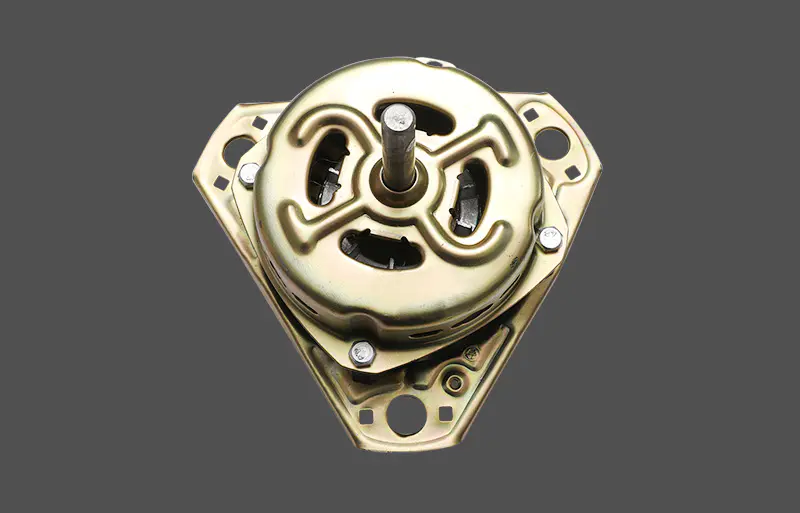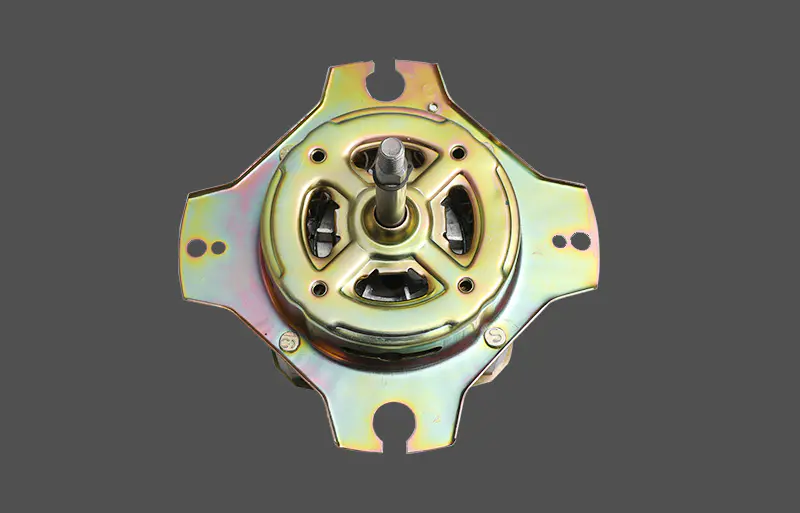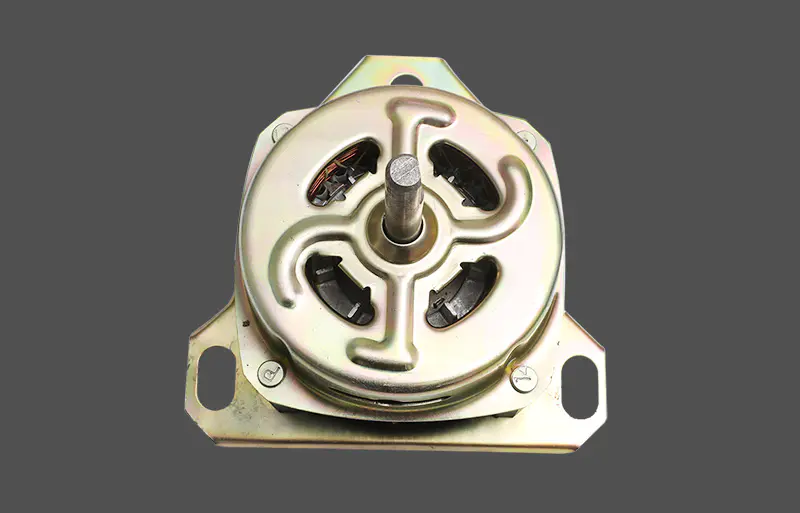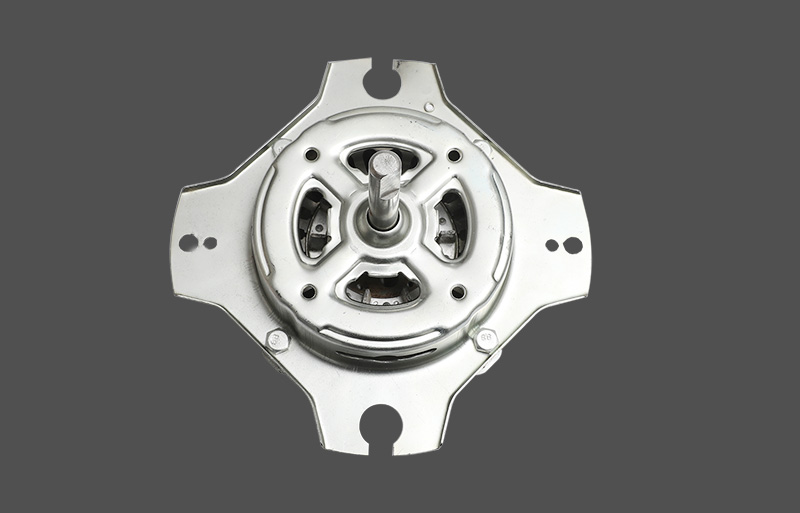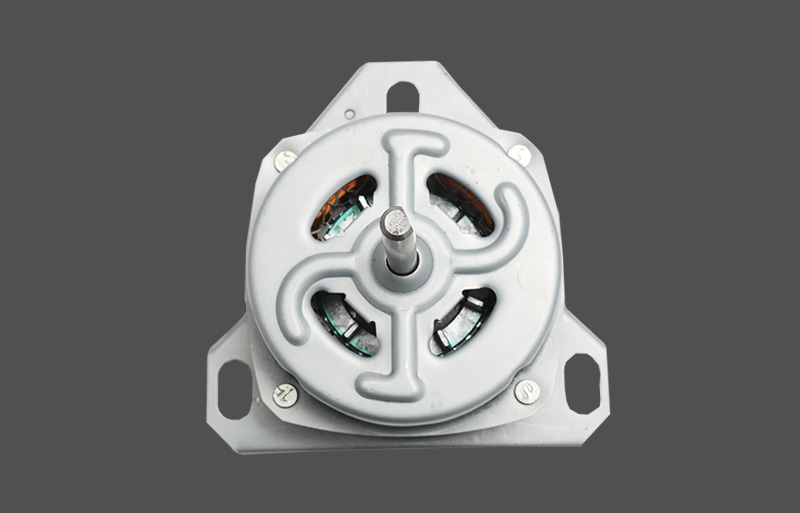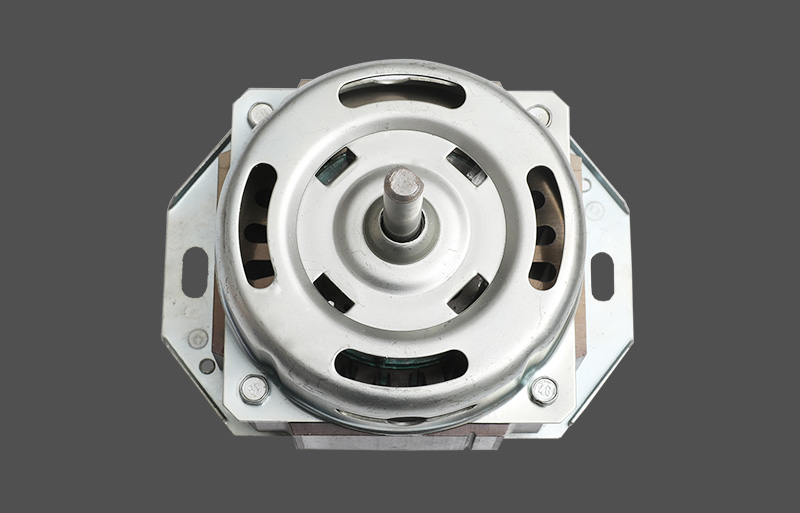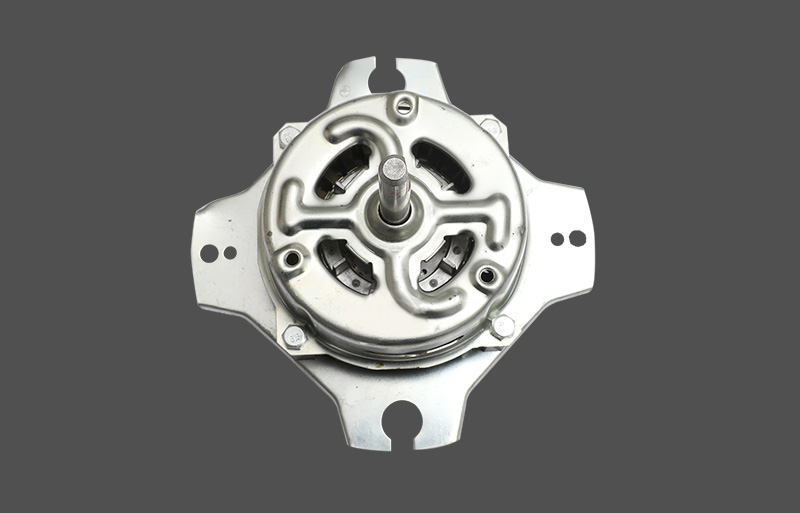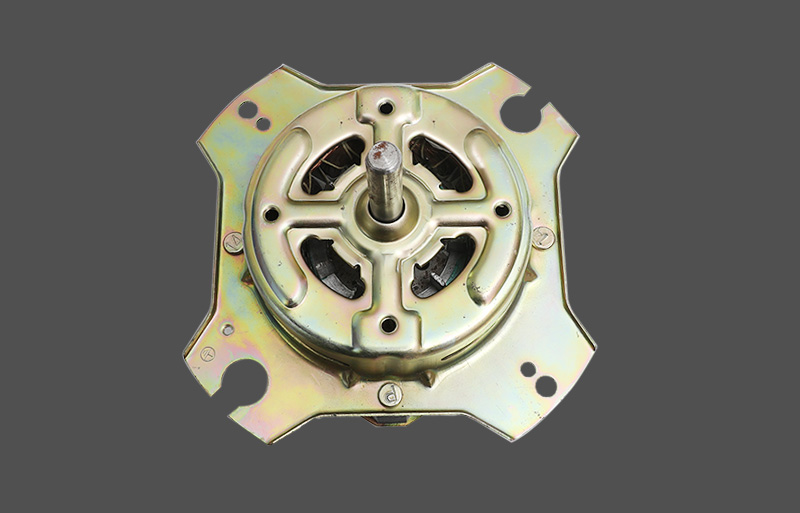(1) The terminal voltage is too low. Refers to the voltage measured at the motor stator lead end when the motor is started or at full load, not the no-load voltage. When the motor load is constant, if the voltage is reduced, the current will increase and the motor temperature will be too high. A severely low voltage will cause the motor to stop or run at a low speed, and the current will increase sharply, causing the motor to burn out.
(2) The stator connection method does not meet the requirements. When wiring is not carried out according to the design regulations, our common three-phase asynchronous motor, such as the star connected to the 380V motor in a delta connection, the no-load current will be large, the motor will burn out instantaneously; also if the delta connected 380V motor is wrong Connected to the star with load operation (not empty operation), the motor will burn out due to the low voltage of the motor and low speed operation.Wash motor Manufacturers from China
(3) Mechanical reasons. The motor runs at a low speed or stagnate due to the bearing's loose frame, broom or mechanical load, and the motor is over-current burned.
(4) Improper selection and longer starting time. There are many machines with large flywheel inertia, such as punching and shearing machines, centrifugal water purifiers, ball mills, etc. The starting torque is large, the starting time is long, and the motor is easily damaged. This type of machinery should choose a small starting current and a large starting torque. Double squirrel cage, deep groove or wound rotor motor.
(5) Manufacturing quality issues. The main causes of overload in the manufacturing process are the fixed rotor air gap, the poor quality of the cast cage rotor motor cast aluminum, and the incorrect winding data. However, for the standard motor manufacturer, this type of motor will not leave the factory. The motor entering the market is overloaded, and most of the responsibility is caused by improper use or selection by the customer.




